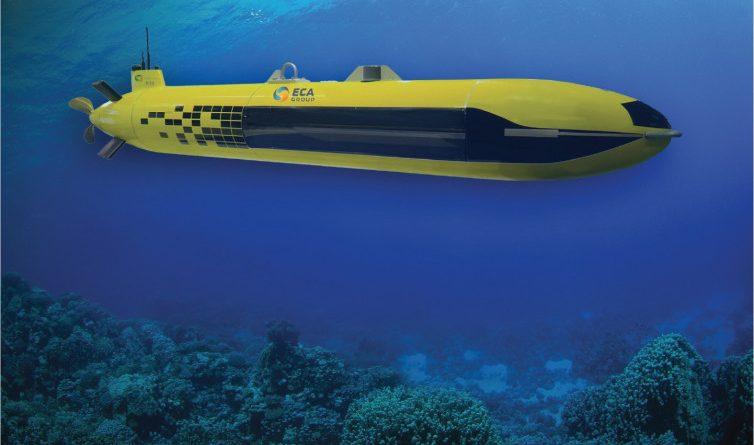Modeling the noise radiated from underwater vehicles and airplane structures excited by turbulent flows

Stiffened cylindrical shells are found in many structures ranging from submarines to airplanes or rockets. When such vehicles move in air or water, vibrations get excited at the vehicle surface by the flow turbulent boundary layer (TBL). Having models to determine how such vibrations occur and how they radiate noise is critical for issues such as noise pollution or submarine detection. In this international work lead by Dr. Laurent Maxit from the Laboratoire Vibrations-Acoustique of the INSA-Lyon and with the collaboration of Dr. Oriol Guasch from the GTM, La Salle-URL, Dr. Valentin Meyer from the Naval Group Research and Dr. Mahmoud Karimi from the University of Technology Sydney, a semi-analytical model was proposed to compute the radiated sound from a stiffened cylindrical shell excited by a TBL. A thorough analysis was also carried out to determine the dependence of the emitted noise on the structural model parameters.
Details on this research can be found in the paper:
Laurent Maxit, Oriol Guasch, Valentin Meyer and Mahmoud Karimi (2020), "Noise radiated from a periodically stiffened cylindrical shell excited by a turbulent boundary layer". Journal of Sound and Vibration, 466, 115016, pp. 1-32.
with abstract:
This work proposes a semi-analytical method to model the vibroacoustic behavior of submerged cylindrical shells periodically stiffened by axisymmetric frames and excited by a homogeneous and fully developed turbulent boundary layer (TBL). The process requires the computation of the TBL wall-pressure cross spectral density function and the sensitivity functions for stiffened cylindrical shells. The former is deduced from an existent TBL model and the latter are derived from a wavenumber-point reciprocity principle and a spectral formulation of the problem. The stiffeners' dynamic behavior is introduced in the formulation through circumferential admittances that are computed by a standard finite element code using shell elements. Four degrees of freedom are taken into account for the coupling between the shell and the stiffeners: three translation directions and one tangential rotation. To investigate the effect of the stiffeners on the radiated noise, two case studies are considered. The first one examines a fluid-loaded cylindrical shell with regularly spaced simple supports. The influence of Bloch-Floquet waves and the support spacing on the noise radiation are highlighted. The second case study inspects the fluid-loaded cylindrical shell with two different periodic ring stiffeners, namely stiffeners with T-shaped and I-shaped cross-sections. Their influence on the vibroacoustics of the shell is thoroughly analyzed.